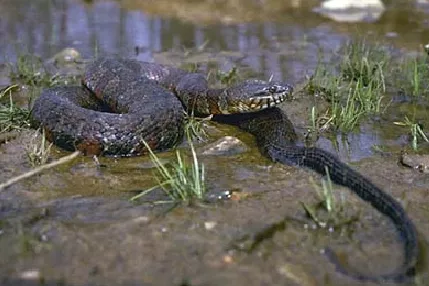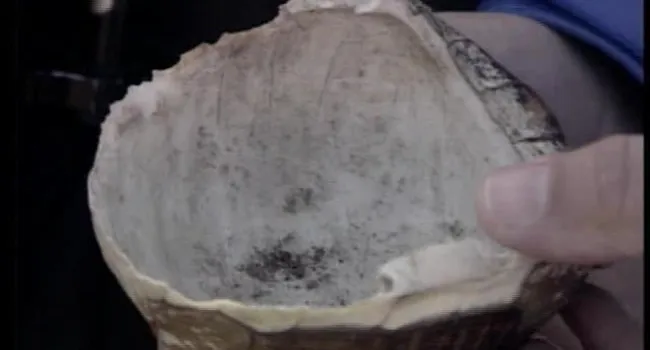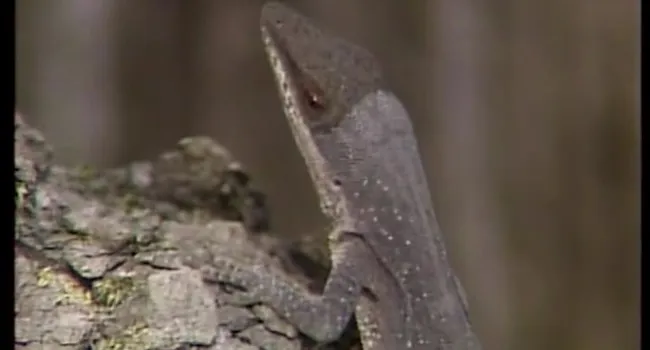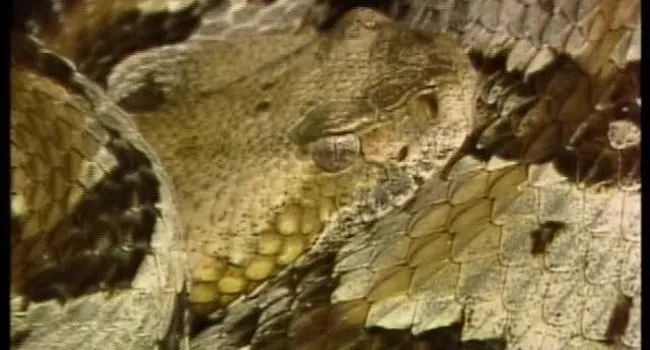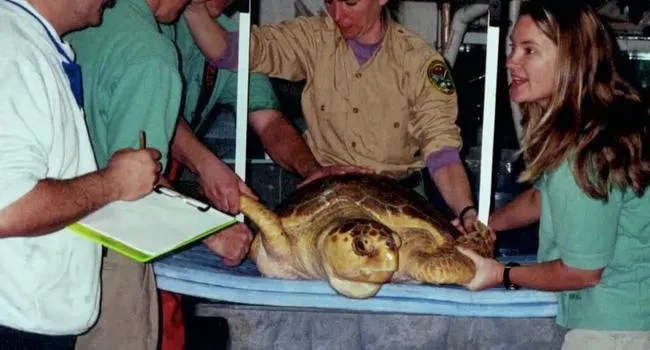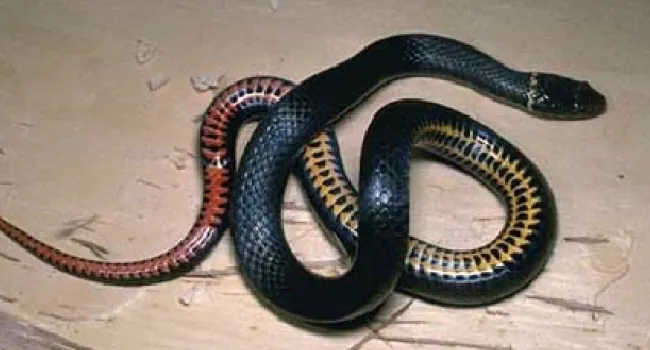
Forty Acre Rock (S.C.) Stop 3
Episode
6
Video
Vernal Pools - Red Cedar trees commonly populate these rock outcropping areas. Lichens break down the rock surface, creating the dirt in which plants can grow. Black Rock Moss Haircap Moss...